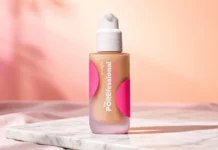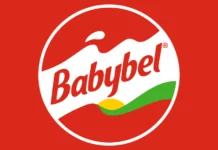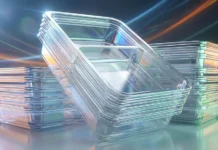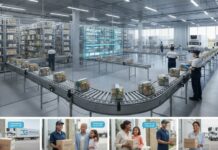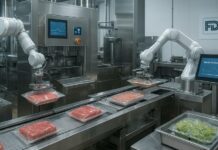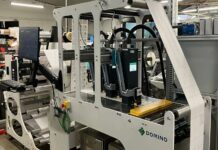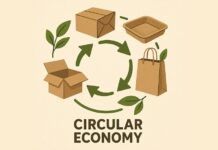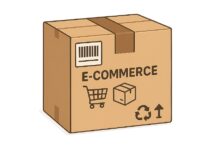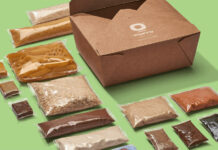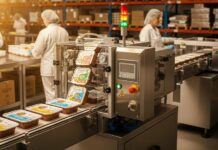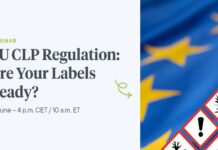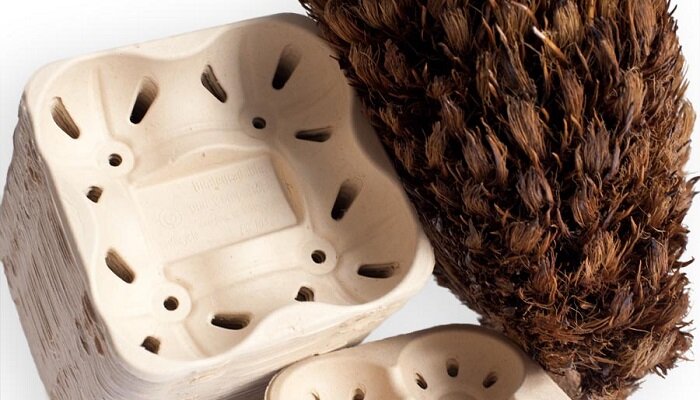The paper industry is working to develop its own, renewable alternatives to replace, at least in part, some of the chemical components that constitute the packaging sector, while the plastics industry is figuring out its own ways to promote circularity and address the enormous problem of plastic waste.
The Confederation of European Paper Industries (Cepi) estimates that the value of new bio-based products currently accounts for close to 3% of the overall industry value and is rising quickly to make up a significant portion of the sector’s 2050 aim of 50% more extra value.
Growing Possibilities
Which industries or applications provide the greatest potential for replacing plastics with renewables, notably fiber-based alternatives? Food is the most obvious, and there have been some noticeable movements away from plastics in this industry. For instance, Paboco’s revolutionary paper bottle, which has been tested by businesses such as Carlsberg, Coca-Cola, and Absolut, features a paper exterior layer with a thin plastic barrier inside.
According to Sustainability Director at Cepi, Anna Papagrigoraki, innovations in barrier papers started with fiber-based packaging with a plastic liner but also food service goods such as plates and cutlery. But going forward, innovations will replace plastic linings and coatings with natural polymers like moldable packaging or micro-fibrillated cellulose.
Although the largest market for paper-based packaging may still be the
industry, there will be expanding potential in other industries over the next few years, such as industrial products, pet food, or personal care, including paperboard tubes for the main packaging of cosmetics.
They are increasingly shifting away from plastics and moving towards fiber-based materials, according to Head of Product Development at BBC Cellpack Packaging, Aude Paustian. They have been examining the prospects in the cosmetics business for a number of months. The focus of cosmetics packaging used to be on a luxury appearance with metallic elements, but there has been a change due to growing customer interest in sustainability. For instance, there is a trend in France toward “hard” cosmetics, which consumers can buy in solid form and then recreate themselves by adding water. Paper can play a significant role in this type of aesthetic.
Possibilities and developments
Furthermore, if we take a non-sectoral perspective, it can be seen that innovations in renewable packaging systems are arriving thick and fast from a variety of sources. Paper bottles have already been discussed, but one may also include paper-compatible renewable inks, like Siegwerk’s UniNATURE packaging inks, which are the deserving Overall Winner of the 2022 Sustainability Awards and have a high biorenewable content formulation.
According to Alexander Rauer, Head of Business Development FlexTech and Product Manager Flexible Packaging Paper, Koehler Paper, “For packaging applications there are definitely papers providing superior barriers against water vapour under advanced conditions and oxygen obstacles, without using a coating with PVDC or other undesirable substances.” Additionally, there is a tendency to lighten base paper without sacrificing performance on packing lines. Many businesses are currently selling heat-sealable paper, but the majority of them only have weights above 80 g/m2. On the rigid side, there are a variety of fiber-moulded blister or box products with child safety features available.
Anna Papagrigoraki comments, “Perhaps she might add a few more to the growing list: a biodegradable oil-based plastic-free teabag, coffee pods, paper, and fish boxes, and also dry-moulded fibre technology. Of course, there are also developments in non-food packaging, such as the paperboard tube that can be used for cosmetics’ first packaging.
Limits to packaging made of fibres
However, it’s important to keep in mind that a renewable resource is not always the most durable or useful one. Fibre-based packaging still has a lot of limitations, for sure. Most significantly, barrier qualities need to be added to paper in order to guarantee resource efficiency, as food packaging needs to protect the packed commodities for however long is necessary. Up until now, these have primarily been polymer-based, which affects their recyclability. How is the sector handling this?
According to Anna Papagrigoraki, development is slowly replacing this plastic layer so that paper can retain its biodegradable and recyclable features while also getting its barrier capabilities from a natural, non-chemically modified polymer. Transparency and adaptability are “another trait that requires aid.” However, there are other examples of research and innovation, like CristalTM for food packaging, that allow the consumer to instantly recognise the product(s) they are buying. Food packaging, non-food packaging, and graphic applications like envelope windows are some of the uses.
It is still difficult to package any fluids or moister foods using packaging made of renewable fibres. Liquid items or products with extremely high barrier needs in container shapes that need to withstand tremendous loads or harsh environmental conditions will be a major problem in the future of paper-based packaging, according to Alexander Rauer.
Another significant issue with paper packaging is sealing, which BBC Cellpack Packaging and other businesses have been working very hard to address. Some materials can have intriguing barrier qualities but not be sealable, or the other way around, argues Aude Paustian. Therefore, in order to accomplish both of these goals, close cooperation between the paper producer and the converter is necessary to address this. They are working on projects right now to achieve this.
A decision between renewable and recyclable resources?
So obviously, there are still obstacles that paper must overcome in order to compete more effectively in the packaging markets that plastics have long dominated. Then again, does it really have to be a decision between renewable and recyclable resources, paper or plastic?
They need both, as Aude Paustian plainly states. The benefit of paper-based packaging over plastics is that they can actually attain both renewable and recyclable materials at the same time. Because of this, barrier sealing sheets are essential, but different country-specific laws can also affect how recyclable paper is. In France, a product must contain 50% recyclable material; elsewhere, the percentage is closer to 85%.
However, efforts are being made in this direction. In order to address specific sorting or recycling challenges, particularly for barrier paper and board, 4evergreen, a cross-industry alliance working to optimise the circularity of fibre-based packaging, is speeding up the advancement and uptake of novel technologies. By 2030, 4evergreen hopes to have a 90% recycling rate for fiber-based packaging overall.
What about renewable renewables like biodegradable polymers produced using cellulosic resources rather than petrochemicals? Generally speaking, it can be argued that there is a constantly growing interest in the field of bioplastics, where, as per Anna Papagrigoraki, most of the focus is on duplicating the efficacy of conventional polymers while utilising a natural feedstock. However, it is by no means a straightforward replacement, which may be the reason why bioplastics only account for a very small portion of the global packaging market.
When one material replaces another in a product, it must still be functional, compostable, reusable, and in compliance with all applicable EU laws, such as the Single Use Plastics Directive. At the same time, it’s important to avoid greenwashing and clearly disclose facts about the product’s sourcing, production, and environmental performance to everyone along the value chain, including the consumer. Although this is a tall order, they should keep an eye out for future innovations. However, bioplastics will still require proper infrastructure in order to be composted if recycling is no longer an option.
Enhancing future resilience using renewable energy
Fibre-based packaging is intrinsically sustainable in theory, but in practise there is still a lot of untapped potential, which the industry is attempting to realise, as they have seen. The world is going renewable.
All fossil-based products may be manufactured from wood, claims Anna. One can see how new biobased products are being used in industries other than pulp and paper, such as automotive, cosmetics, medicines, and medical. They are classified as materials, chemicals, fuels, food and feed, pharmaceuticals, and cosmetics. However, the packaging industry will always be important.
Perhaps plastic packaging will be fully obsolete by 2030. There are so many technologies being studied and modelled that at least one or two will eventually find a market and be used by consumers.




